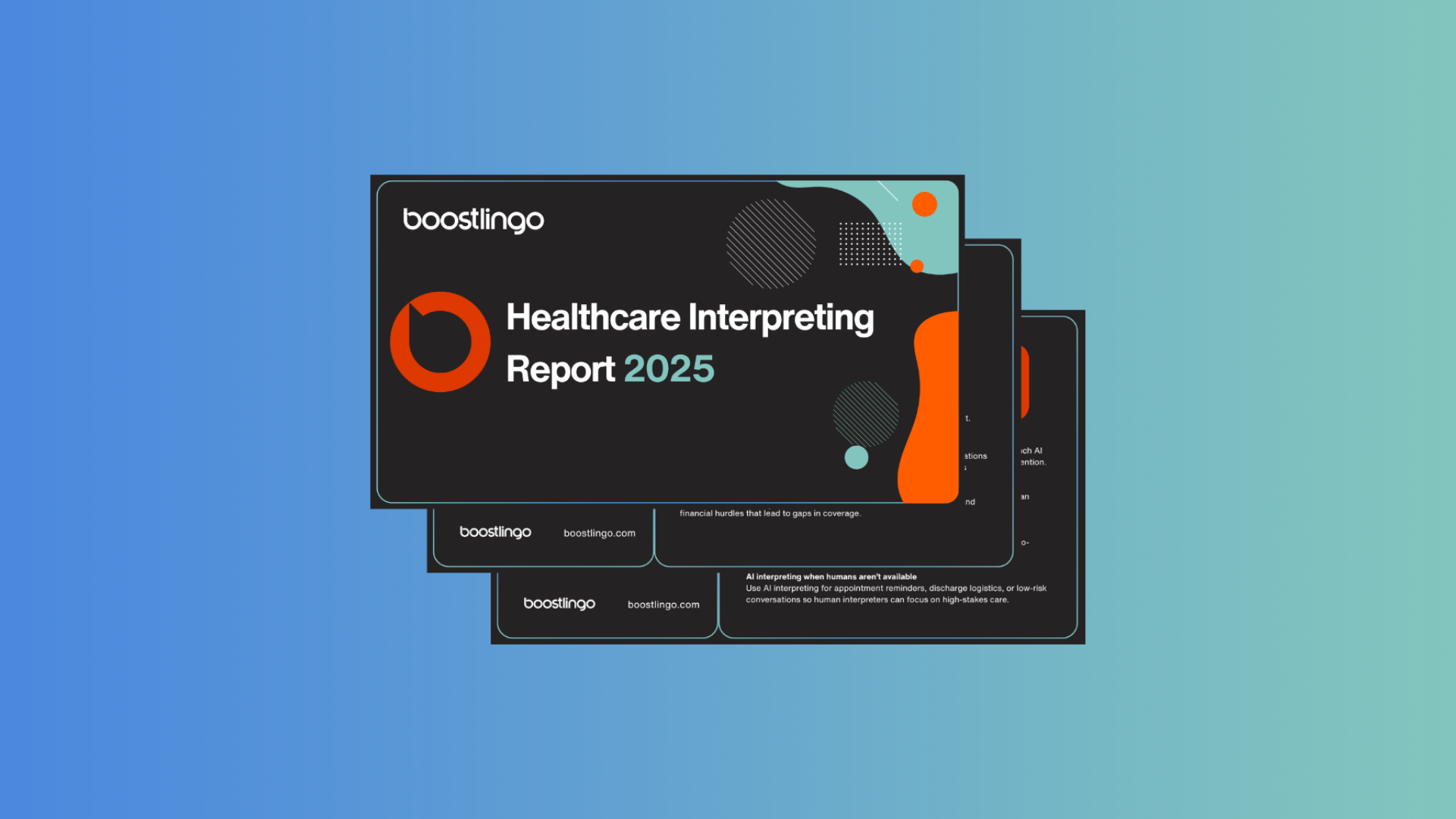Pharmacies often serve as the final point of contact before patients begin treatment. But for millions of Limited English Proficient (LEP) individuals in the U.S., understanding a pharmacist’s instructions can be a major hurdle. With more than 65 million people in the U.S. speaking a language other than English at home, and over 40% of them considered LEP, pharmacies must take proactive steps to ensure safe, clear communication.
Here are three key ways pharmacies can overcome language barriers and ensure better outcomes for every customer.
How Interpretation for Pharmacies Works
Pharmacies can address language challenges by using interpretation solutions tailored to clinical and retail environments. This includes leveraging bilingual staff (where available), but more commonly, integrating professional interpretation services such as:
- Video Remote Interpreting (VRI): Real-time, face-to-face interaction using secure video platforms.
- Over-the-Phone Interpretation (OPI): Quick and reliable access to qualified interpreters across multiple languages.
Boostlingo On-Demand enables pharmacies to connect with professional interpreters instantly and help ensure that patients understand how to take their medications, potential side effects, and other essential guidance.
Ways Pharmacies Can Avoid Language Barriers
Translation Services
Clear communication is essential for medication adherence and safety. LEP customers often rely on translated labels, instructions, and visual aids. Interpretation services also ensure they understand:
- When and how to take a medication
- Possible side effects
- Warnings and interactions
Pharmacies having professional translators help build health literacy—reducing errors and improving health outcomes.
Improves Customer Relationships
Trust is built through understanding. When patients feel heard and respected, they’re more likely to return to the same pharmacy. Interpreters help pharmacists answer questions, explain options, and resolve concerns in real time—turning a transactional visit into a personalized healthcare experience.
Following Regulations
According to Section 1557 of the Affordable Care Act, pharmacies that receive federal funds must offer meaningful access to LEP individuals. This means providing:
- Qualified medical interpreters
- Translated prescription information
- Culturally and linguistically appropriate services
Take note, bilingual staff members are not automatically qualified interpreters, and family members should never be used for interpretation. Professional solutions help pharmacies stay compliant and avoid liability.
Building Trust Through Language Access
Pharmacies can be a bridge to better healthcare—but only if every patient understands what’s being prescribed. By partnering with interpretation solutions like Boostlingo, pharmacies can remove language barriers, meet compliance standards, and build stronger relationships with their communities.
Learn more about how Boostlingo On-Demand can help your pharmacy support every patient, in every language.



